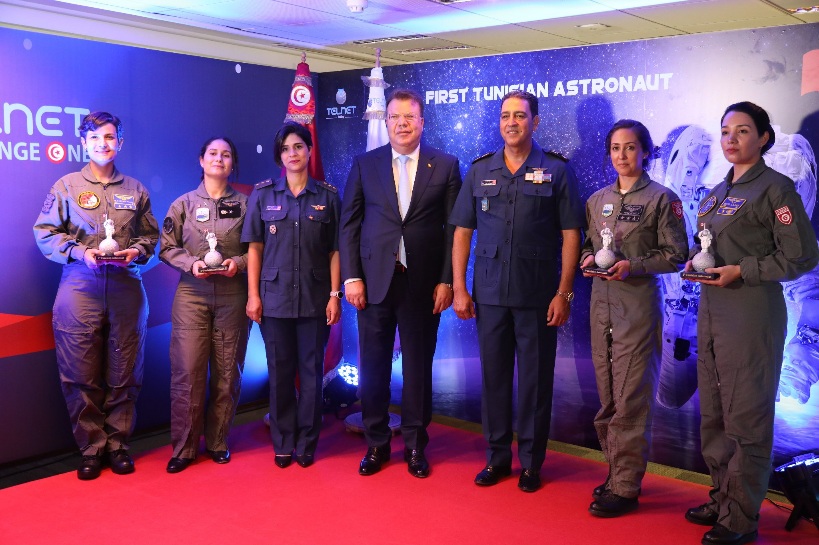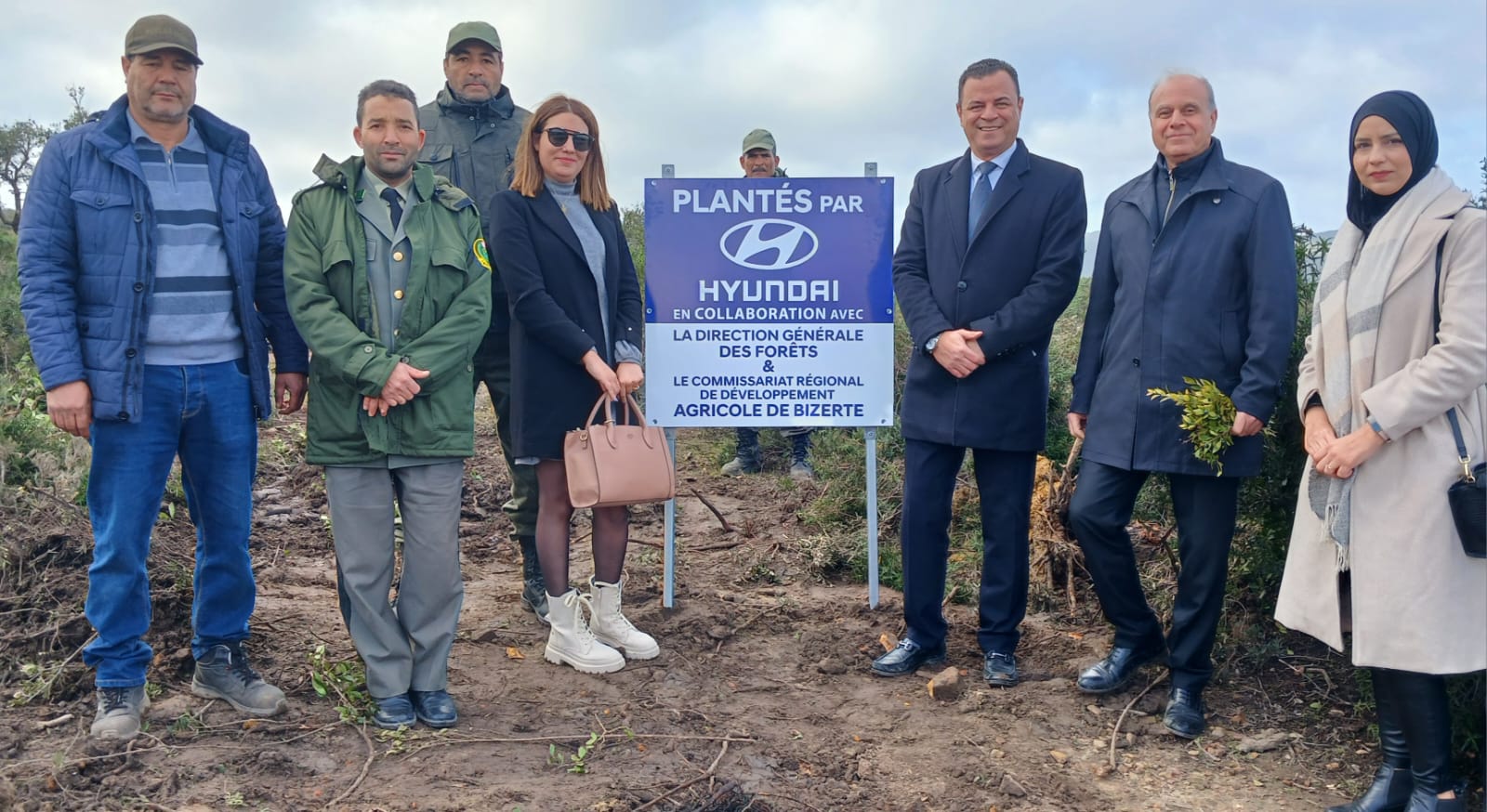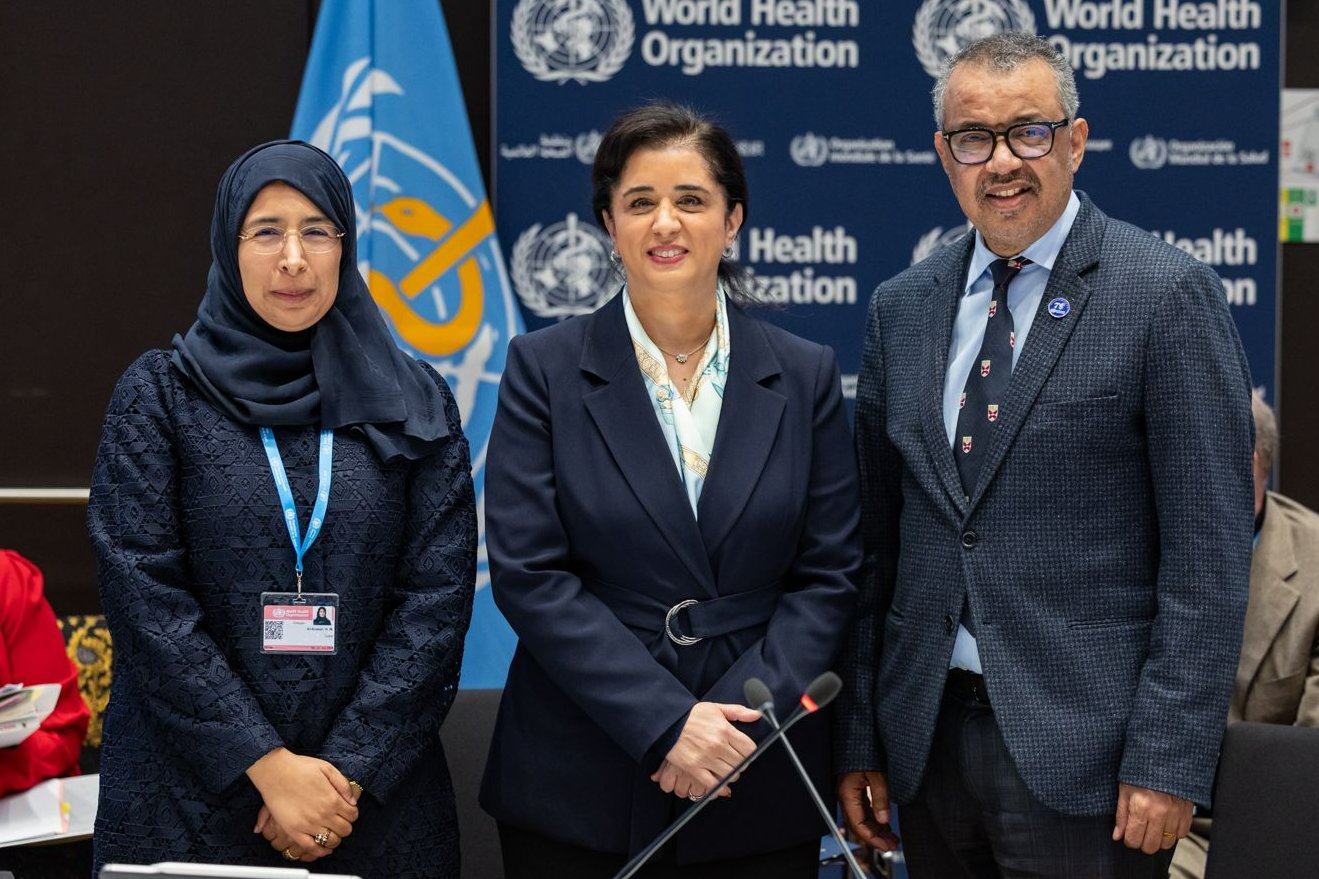
COP16: Living in harmony with nature by 2050
-
.jpg) Equipe de rédaction
Equipe de rédaction
- October 2024
The Kunming-Montreal Global Biodiversity Framework (GBF) is humanity's master plan to stop and reverse biodiversity loss, emphasized Astrid Schomaker, Executive Secretary of the Convention on Biological Diversity (CBD), during COP16, held from October 16 to 18 in Cali, Colombia. The delegate from Tanzania then reminded that biodiversity is "life, livelihoods, and the cornerstone of the economy." The adoption of the GBF in 2022, which includes a set of four goals for 2050 and 23 targets for 2030, marked a milestone for global biodiversity governance towards the vision of living in harmony with nature by 2050. However, achieving its goals and targets depends on national action. Adopting national targets and updating national biodiversity strategies and action plans (NBSAPs) are the first steps towards implementation.
According to the Convention's online reporting tool, 94 parties have submitted their national targets, and 29 have submitted their updated NBSAPs, with numbers steadily increasing. Delegates reported on their national processes and efforts to implement the GBF by adopting comprehensive government and societal approaches. They also highlighted the usefulness of a series of regional and sub-regional workshops and dialogues on NBSAPs, organized by the CBD Secretariat in collaboration with various partners. At the same time, the parties emphasized the challenges they faced in developing their biodiversity targets and strategies. Many stressed the need for financial resources, capacity building, technology transfer, and technical and scientific collaboration.
Delegates particularly highlighted data gaps and challenges related to developing indicators and monitoring capacity, primarily to assess the contribution of national actions to achieving global goals. They also emphasized the links between the development and implementation of NBSAPs in developing countries, on the one hand, and the implementation of financial commitments by developed countries, on the other hand.
Ensuring that global biodiversity goals are effectively implemented on the ground requires diverse measures, tools, and approaches. This was the central theme of the pilot forum for voluntary national implementation review, held during the fifth meeting of the Subsidiary Body on Implementation (SBI 5). The forum provided an open and informal framework for participants to exchange views on developing national biodiversity targets, strategies, and action plans (NBSAPs).
Three key areas were highlighted during this event:
- Comprehensive government and societal approaches: Discussions focused on integrating protocols and other multilateral environmental agreements into updated NBSAPs.
- Defining and monitoring national targets: Participants explored best practices for defining and monitoring national biodiversity targets.
- Means of implementation: This session covered national biodiversity financing planning, capacity building, and development planning.
Each session included contributions from panellists and open discussions, where best practices and lessons learned from national processes were shared.
Key discussions highlighted opportunities and challenges for ensuring meaningful participation. This included exploring possible formats and incentives and considering language and time requirements. Stakeholder mapping was widely recognized as a valuable step in developing national targets and NBSAPs. Delegates stressed the importance of civil society in linking local communities and government agencies, ensuring that local communities are consulted and included in decision-making processes. Particular attention was given to the rights and needs of women and indigenous peoples, particularly concerning the legal recognition of territories and land titling.
Interinstitutional coordination and cross-sectoral engagement were identified as essential for developing realistic targets aligned with both international commitments and national realities. Delegates emphasized the need for appropriate management structures to ensure synergy and facilitate the involvement of all relevant sectors of government and society. Traditional and innovative practices and tools for capacity building and securing financial resources for biodiversity planning were also shared.
This event underscored the importance of collaborative efforts and inclusive approaches to translate global biodiversity goals into concrete and effective plans at the national level.























.jpg)
















.jpg)























Add Comment